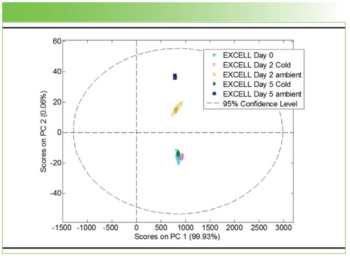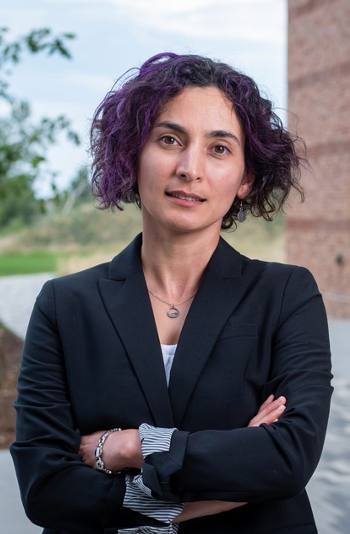
Improving Raman Probes for Cosmetic and Medical Research
An interview with Paul Pudney, a winner of the William F. Meggers Award.
An interview with Dr. Paul D.A. Pudney of Unilever Discover, Colworth Laboratory, the winner of the 2013 Applied Spectroscopy William F. Meggers Award.
Part of the 2013 podcast series presented in collaboration with the Federation of Analytical Chemistry and Spectroscopy Societies (FACSS), in connection with SciX 2013, the federation’s North American conference.
For more podcasts in this series from 2013 and 2012, visit
Pudney and his colleagues at Uniliver have been awarded the 2013 Meggars Award for their paper:
Eleaner Bonnist, Peter Caspers, Jean-Phillipe Gorce, Chris Marriot, Paul Pudney, Gerwin Puppels, Scott Singleton, and Martin van der Wolf, "A New in Vivo Raman Probe for Enhanced Applicabioity to the Body," Applied Spectroscopy 66(8):882-891 (2012).
Pudney is a science leader in vibrational spectroscopy at Unilever Discover, Milton-Keynes, UK. He has applied spectroscopy in a number of innovative ways to gain further understanding of consumer products and their behavior when they interact with consumers. Examples include quantifying the complex microstructures of soft solid materials by confocal Raman spectroscopy such as foods and analyzing the behavior of molecules in ice using infrared spectroscopy. He helped develop a novel in-situ triboligical Raman instrument to help understand lubrication in a soft elasto-hydrodynamic contact. He has developed in-vivo Raman spectroscopic capability to measure and understand the delivery of actives to and their effect on the body, such as to the skin, scalp, axilla and oral mucosa. He has more than 50 peer reviewed publications. He was nominated as one of the ‘Prominent Young Vibrational Spectroscopists’ in a special addition of the journal Vibrational Spectroscopy. He was runner up for the Meggers award in 2012.
About the Applied Spectroscopy William F. Meggers Award Award
This award is given to the author(s) of the outstanding paper appearing in Applied Spectroscopy.
More about the SciX conference:
The traditional North American meeting of FACSS is now SciX - The Great Scientific Exchange. SciX covers the whole of analytical chemistry with an emphasis on emerging technologies. SciX carries on the FACSS tradition of a strong technical program (over 100 symposia), many prestigious awards, exhibits, a variety of workshops, an employment bureau and multiple social networking opportunities.
SciX is the National Meeting of the Society for Applied Spectroscopy (SAS) and the North American Society for Laser-Induced Breakdown Spectroscopy (NASLIBS).
For more information about the SciX 2013 conference in Milwaukee, Wisconsin, September 29 to October 4, 2013, visit
Related content:
Follow Spectroscopy and FACSS on social media:
Newsletter
Get essential updates on the latest spectroscopy technologies, regulatory standards, and best practices—subscribe today to Spectroscopy.




